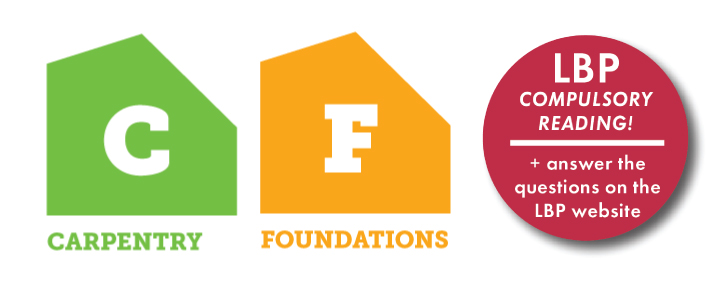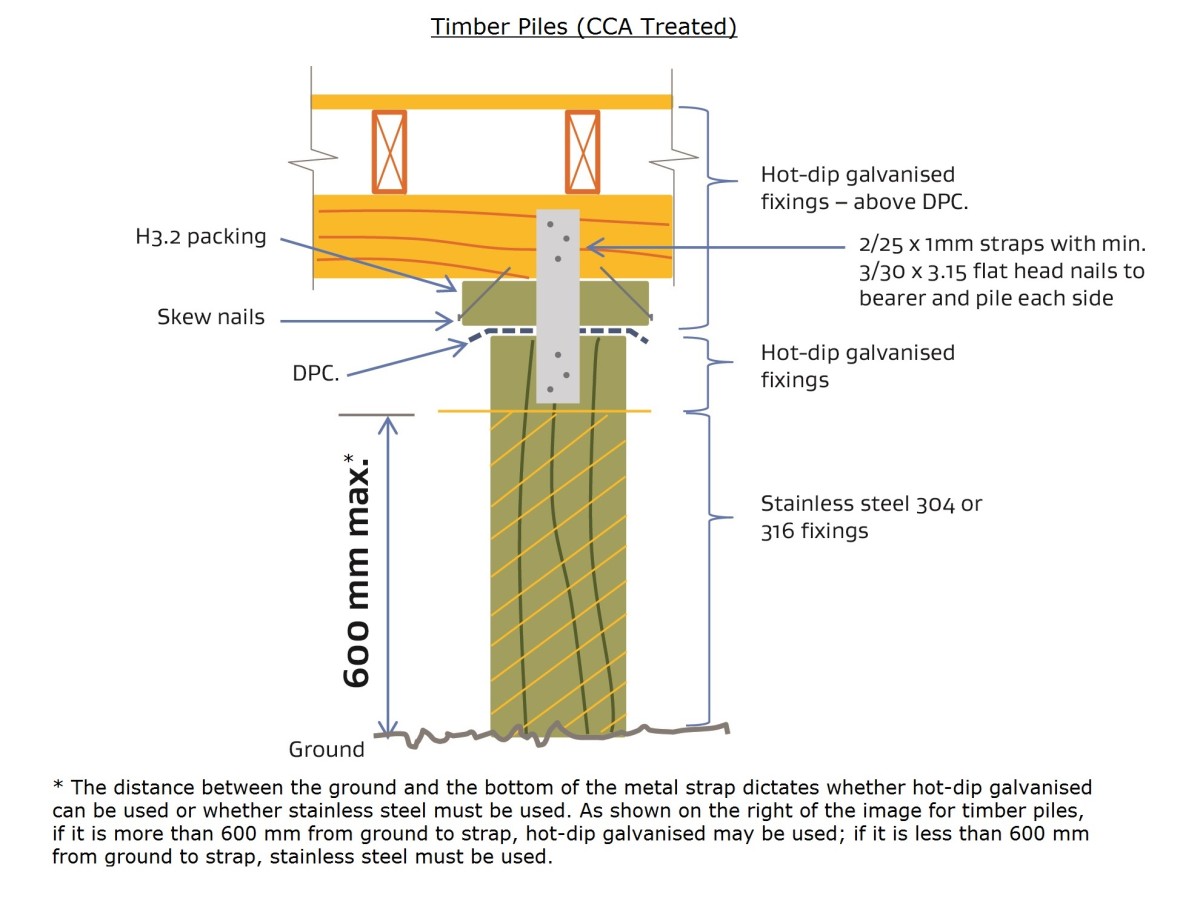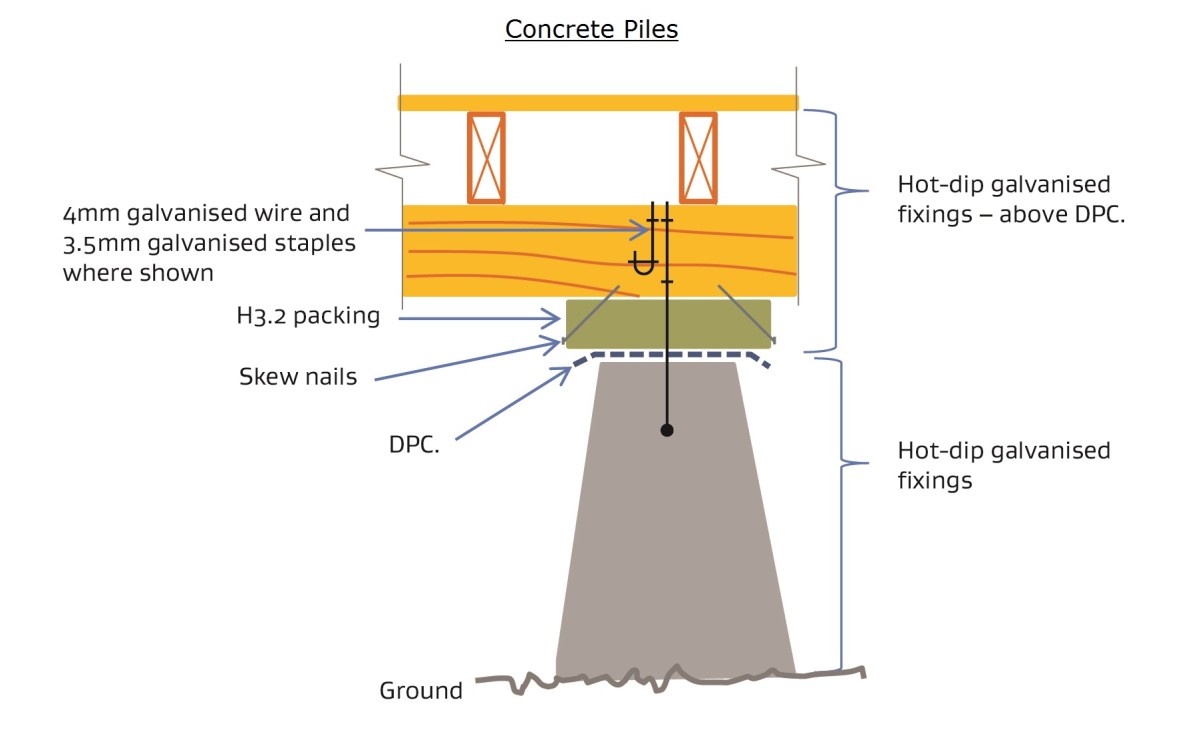Earn your LBP points!
16 Nov 2016, Featured, LBP & Regulation

As promised, Under Construction will be including all compulsory Codewords articles to help LBPs earn their required points and stay up to speed with changes. This month’s article is required for those who hold a Carpentry or Foundations licence
Under the new skills maintenance scheme, reading Codewords articles relevant to your licence and answering the corresponding questions is a mandatory part of skills maintenance (for those who have renewed their licence since 2 November 2015). Once you’ve read the article, go to the LBP website (under Codewords Issue 74) to answer the associated questions.
Doing it right with jack and pack
In mid-2015, MBIE carried out a survey of earthquake-damaged and repaired homes in Canterbury (CEDAR survey). While the topic of the report was earthquake repairs, the information that came out of the survey is useful for anyone undertaking foundation repair. This article looks at what we learned about the jack and pack repair method.
Assessing the situation
The first step is to assess whether to repair the damaged section of foundations or replace it. This will depend on the extent of the damage.
For example if you are:
- Relevelling a timber framed floor by more than 100mm then the subfloor may need to be rebuilt rather than repaired.
- Assessing a pile that is more than 15mm out of plumb, you should look at replacing it.
- Going to relevel a concrete slab foundation and it is more than 150mm out of level, a rebuild is the suggested option.
You should also identify if the work needs a building consent. A significant repair to the structure (including the foundation) of a home will likely need a building consent. A minor repair to a few piles may not need one, but it pays to check with the local Building Consent Authority, or read MBIE’s guidance on Schedule 1 of the Building Act.
Doing the job
The general steps to relevelling include:
- Making the area safe and ready for the work.
- Identifying the relevelling heights.
- Detaching the connections and services from the subfloor.
- Applying the relevelling methodology.
- Reattaching connections and services.
- Reinstating disturbed ground and tidying up.
For a jack and pack repair on a timber subfloor, if you are lifting the bearers to pack them up, a single H3.2 treated timber packer or folding wedges fixed in place are suggested.
Remember, if you need to pack a pile more than 100mm, you should replace the pile instead.
You should also replace the piles that are out of alignment or are leaning too far over.
Once you have packed the piles, you need to ensure the pile, packer and bearer are aligned and fixed together well.
Unsure of what to do?
If you are unsure of the methodology or whether the work should have a building consent, it is a good idea to speak to the local building consent authority.
For expert advice you could consult with an engineer, or direct the home owner to get some advice.
Register to earn LBP Points Sign in
1 Comment
Leave a Reply
You must be logged in to post a comment.






Thanka